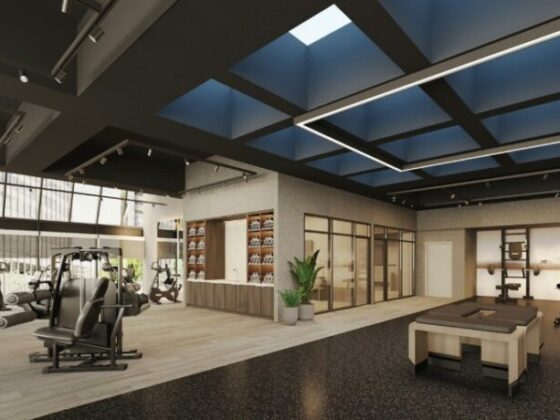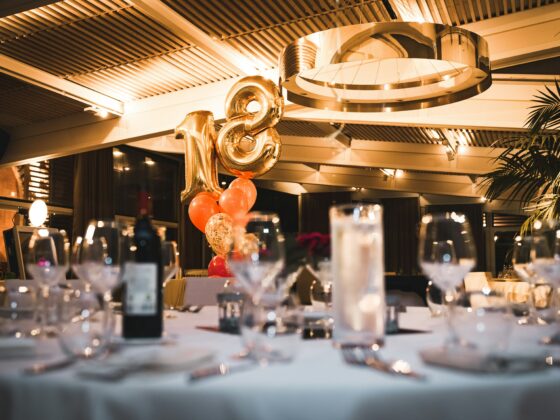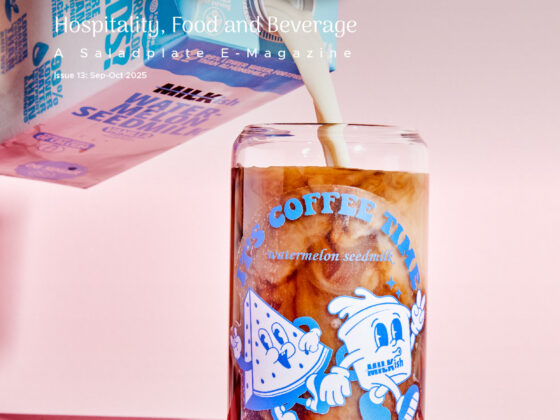Why fashion houses are embracing hospitality and how to make the collaboration more than a logo on a lounge chair.
Luxury fashion is stepping off the runway and into hotel lobbies. Across cities like Paris, Milan, Tokyo, and Miami, the most prominent fashion houses are no longer content to sell only clothing and accessories. They want to create complete lifestyle environments, and hotels are becoming their chosen stage.
I have been there, done that, suites wrapped in chevron patterns, pool decks lined with monogrammed towels, and lobbies perfumed to match a flagship boutique. Some succeed brilliantly. Others fail to move beyond surface-level decoration. The difference is whether the experience communicates a coherent brand story or feels like a temporary marketing stunt.
The Emergence of Fashion-Driven Hospitality
Luxury fashion brands have been pursuing lifestyle extensions for decades, but hotels provide unmatched opportunities for immersive branding.
Giorgio Armani
has developed full-scale residences in Dubai and Milan, reflecting its minimalist aesthetic in everything from furniture to kitchenware.
Bvlgari
has expanded into nine hotels across Tokyo, Rome, and Shanghai, transforming its jewelry heritage into a spatial experience.
Christian Dior Couture
and
Louis Vuitton
have experimented with seasonal beach clubs and alpine spa takeovers, while
JACQUEMUS
has leveraged its Mediterranean identity through resort activations.
Why do they do it tho? The strategic rationale is clear. A hotel stay provides time, touch, and total immersion. Guests do not simply enter and exit they inhabit the brand’s world, interacting with its textures, scents, tastes, and sounds. In a retail climate where in-store traffic is declining and digital channels dominate aspiration, hospitality offers a direct route to deeper emotional connection.
This aligns with the broader trend of experiential luxury. Modern consumers seek experiences that reinforce identity and belonging. Spending a weekend inside the aesthetic universe of a brand transforms ownership into participation. It is the difference between buying a scarf and inhabiting the narrative that scarf represents.
Not all fashion-driven hotel projects succeed, however.
Successful Case Studies
BULGARI HOTELS AND RESORTS MILANO – S.R.L.
Bulgari’s properties embody brand consistency. From custom silverware to curated libraries and spa experiences modeled on the Milan atelier, the hotel environment extends Bulgari’s heritage of craftsmanship and exclusivity. Its Rome property doubles as a cultural venue with exhibitions and private events that reinforce its jewelry narrative.
Armani Hotel Dubai
This property translates Armani’s minimalist ethos into an immersive spatial experience. Subtle tailoring cues appear in furniture and finishes, and its integration with the Burj Khalifa elevates visibility. Crucially, it avoids overt logo placement, allowing the brand’s design language to speak for itself.
Christian Dior Couture
Spa Pop-Ups Seasonal residencies at Aspen’s Little Nell and Cheval Blanc Courchevel illustrate how temporary activations can drive both engagement and sales. Guests participate in curated alpine rituals, interact with fragrance and skincare products, and share the experience across social media.
Palazzo Versace Dubai
, and Gold Coast Versace leans into its maximalist identity—medusa motifs, gilded finishes, and marble interiors—creating a destination that appeals directly to brand loyalists. It succeeds because the aesthetic is consistent and intentional rather than superficial.
Common Failure Points
Fashion-hospitality projects fail when they substitute visibility for authentic vision. Some resorts drape logos over furniture without delivering an integrated story. A 2024 streetwear pop-up in Ibiza drew initial attention on Instagram but faded quickly without driving bookings or press.
Other failures stem from misalignment with the host property. A 2023 collaboration in Miami placed a Parisian label’s ornate lounge inside a modernist hotel, resulting in guest feedback that likened the space to a showroom with beds. Without narrative coherence, the experience lacked staying power.
Operational gaps also undermine these initiatives. If staff cannot articulate the brand’s heritage or provide service that reflects its values, the immersion collapses. The guest perceives the dissonance immediately.
Strategic Guidance for Hotels
- Align with the right partner. Choose brands whose DNA complements the property’s identity and setting.
- Prioritize integration over decoration. Every sensory element music, scent, cuisine should reinforce the brand narrative.
- Provide meaningful takeaways. Limited-edition merchandise, signature scents, and co-branded spa products extend the experience beyond checkout.
- Use scarcity strategically. Seasonal activations and short-term residencies generate excitement and repeat visitation.
- Maintain shared storytelling. The hotel should benefit from the partnership rather than becoming a background prop.
- Invest in staff training. Service must communicate the collaboration’s values and narrative consistently.
The Broader Implications
For fashion brands, hospitality deepens emotional loyalty, enhances cultural relevance, and supports retail sales. For hotels, these partnerships can drive media attention, higher rates, and access to new clientele. Yet success depends on authenticity and narrative alignment.
When executed thoughtfully, fashion-hospitality collaborations become immersive cultural experiences that feel inevitable and organic. When mishandled, they produce transient photo opportunities that fade as quickly as social media stories.
The opportunity is substantial. Fashion can open the door to new audiences, but only genuine hospitality rooted in design, service, and narrative can make the stay memorable and transformative.
Have your People call my People.
-Longing for Beloning™
Bashar Walli – www.ThisAssembly.com







